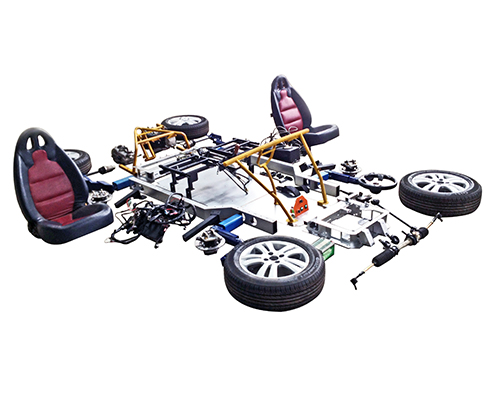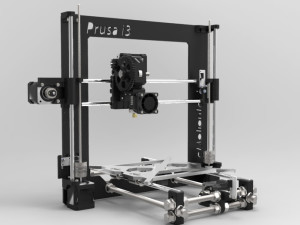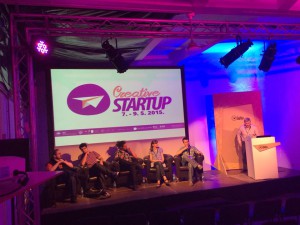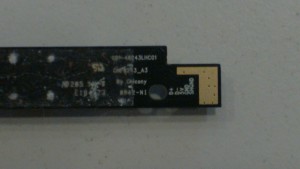OUR BARCELONA’S FAB10 EVENT TOP 5 PROJECTS
The past 2nd July started in Barcelona the FAB10, the 10th international FabLab conference and Fab Festival. The event lasted six days and focused on open and accessible technologies that will change the world. Members of the MIT’s founded Fab Lab Network and the citizens of Barcelona were there to turn Barcelona into a FAB City.
Of course, POTI-POTI.ORG had to be there!
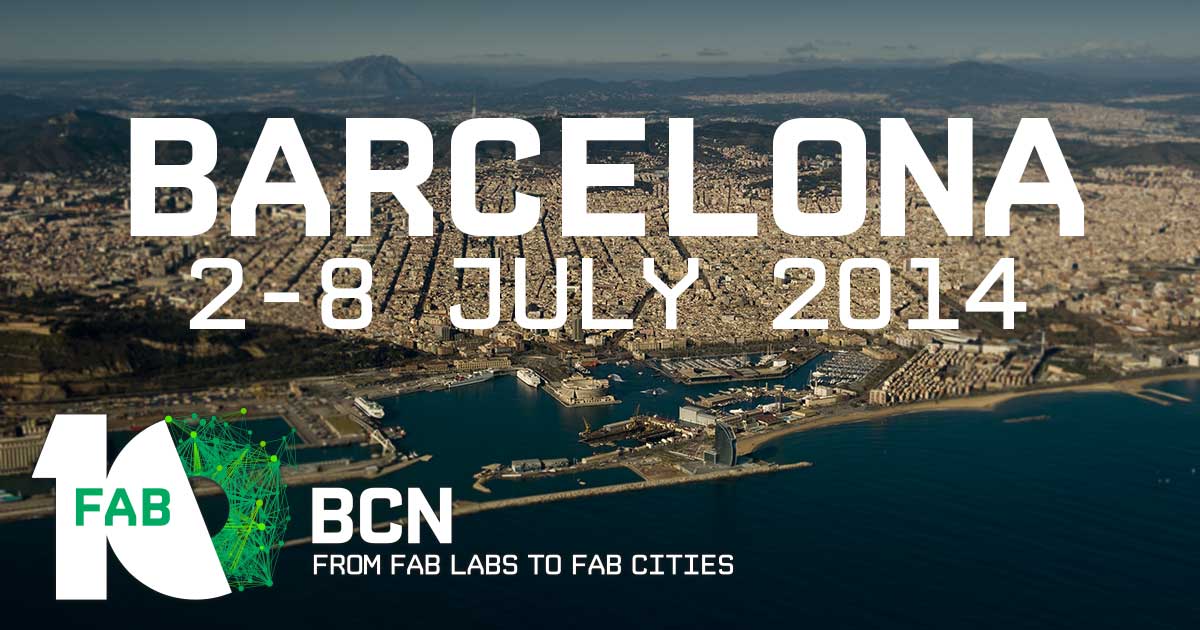
We inscribed with great expectations as probably the Fab Lab network is one of the key elements and promoters of the Third Industrial Revolution.
Although some organizational issues left room for improvement, our final balance has been very positive. The myriad of guests and projects attending the conference converted Barcelona’s DHub building into a boiling pot of creativity and exciting projects.
We could not evaluate every single one of them, so we have chosen to review those we encountered the most relevant.
#1: Open Source Vehicle : The aim of this initiative is to enable the creation of smart mobility solutions based on fleets of ultra customizable vehicles built thanks to a distributed production process. They have created TABBY, an open source, modular, universal chassis thanks to which manufacturers, makers and designers can create any type of vehicle, from city cars to off-roaders to special purpose vehicles.
In this video (http://www.osvehicle.com/tabby-info/) they claim that the whole chassis can be assembled in less than one hour, even by non-expert hands. According to our investigations, a new self-made car should cost no more than 5000€!!
We can imagine the revolutionary consequences of people being enabled to sort out their transportation needs, or, in a less utopian framework, the existence of a real open market of available solutions…to begin with, would programmed obsolescence be gone for good?
#2 OpenKnit: This is an open-source, low cost (under 550€), digital fabrication tool that affords the user the opportunity to create his own bespoke clothing from digital files. Starting from the raw material, the yarn, and straight to its end use, a sweater for example, in about an hour. Designing and producing clothes digitally and wearing them can now happen in the very same place, rewarding the user with the ability to make decisions regarding creativity and responsibility.
In the video above, the disruptiveness of this project can be appreciated. It already generated some controversy and was censored for some time…=)
It comes together with the DoKnitYourself project (http://doknityourself.com/), an online repository. It is in a way similar to Thingiverse but for clothes…a complete Third Industrial Revolution kit!
#3: E-Nable: E-Nable is a group of Makers, Engineers, Medical Professionals, Tinkerers, Teachers, Students, Artists, Philanthropists, Parents and “Ideas people” who have come together from across the globe to collaborate, innovate and re-design the 3d Printable open source design of a mechanical hand device that was released as the original “Robohand” open source file in 2012. E-nable does not sell these devices – but instead – encourages parents and individuals to create them on their own, guides them in the building process and prints parts for those that need them. The designers at E-nable offer their assistance and design skills at no cost to aid those that would like to DIY (do it yourself) one of these devices.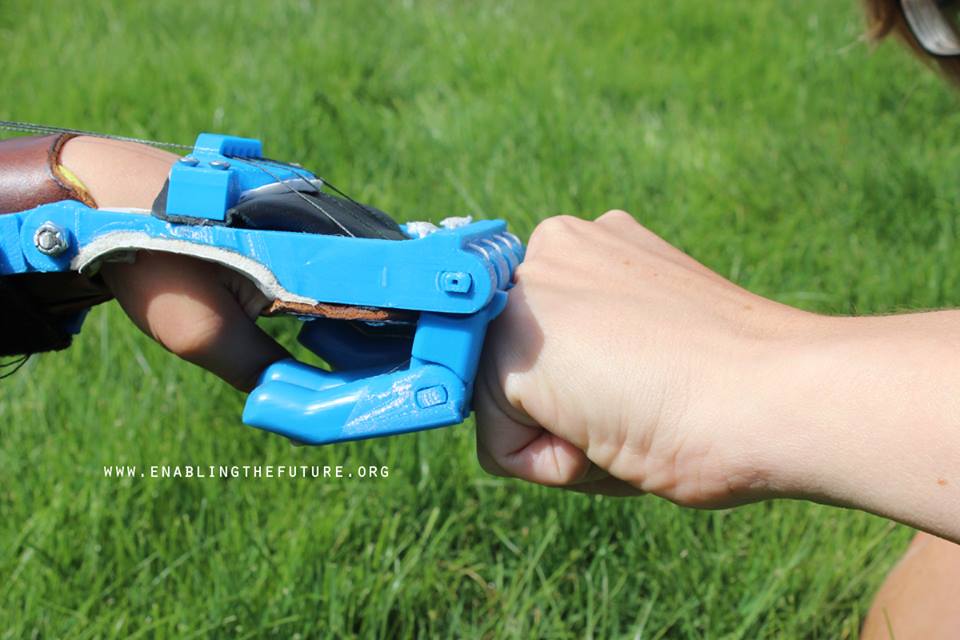
The magic of this project lies in being an excellent example of what can be done with 3D printers: a community of people helping each other and making pure good.
#4 W. Afate’s 3D printer:We had the opportunity of meeting W. Affate’s 100$ 3D printer and his friends at the woelabo (http://www.woelabo.com/). Mr. Affate became recently quite popular thanks to his developments in assembling a functioning FDM 3D printer out of the scrap that floods his country (Togo) dumped there from Western countries.
His project is a sample of how no waste is actually waste. Also, it represents an excellent exercise of engineering minimalism. By reducing the cost to the bare minimum of electronics and ,motors, this printer should be awarded a RepStrap price!
#5 Ag Inkjet Circuit: The Ink that makes possible instant electronic prototyping. AgIC transforms a home printer into a circuit board manufacturing equipment. By replacing ink cartridges with their conductive ink, it is possible to have PCBs made on paper. Their KickStarter campaign was successfully funded in May 2014 (https://www.kickstarter.com/projects/1597902824/agic-print-printing-circuit-boards-with-home-print). 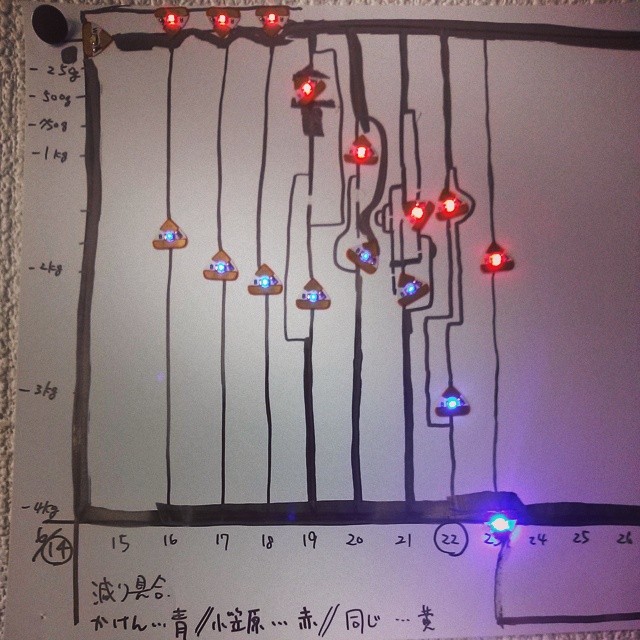
They also have a conductive ink pen similar to that of Bare Conductive (http://www.bareconductive.com/).
